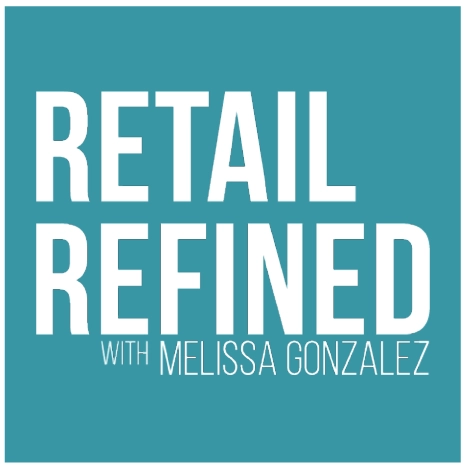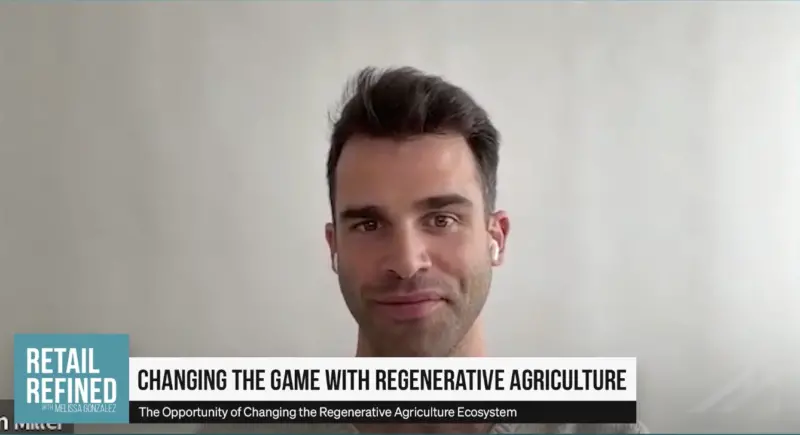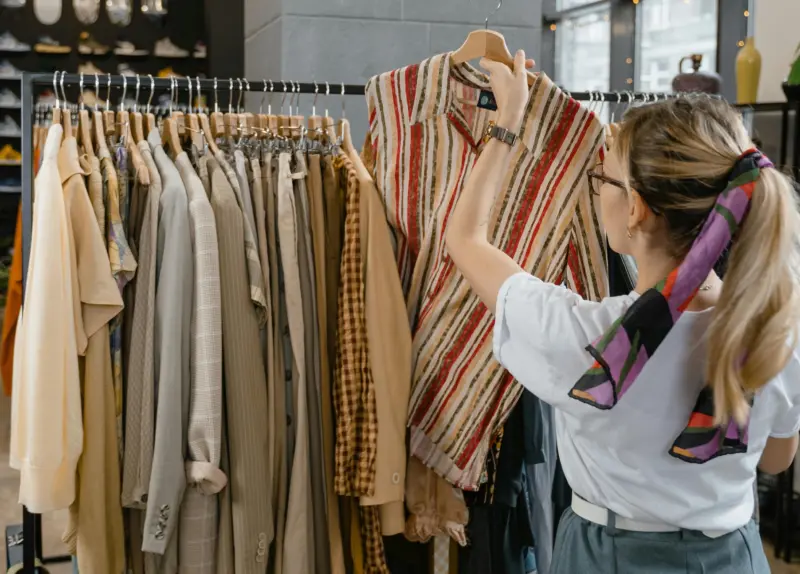Moving Online to Brick & Mortar Has Helped UNTUCKit Thrive
With over 12K retail locations closing in 2020, leaving 159M square feet of retail space unoccupied, many might be thinking that the future of brick and mortar retail locations is permanently on the decline. Nothing could be further from the truth. In fact, retailers opened more stores than they closed in 2021, “with a nearly 40 percent increase in year-over-year store opening announcements” (AZ Big Media). Retail Refined host Melissa Gonzalez, spoke with
Brent Paulsen, Managing Director and Head of Retail at UNTUCKit about the company’s brick and mortar store strategy, the future of retail, and how data analytics can be utilized to drive decisions and increase profitability.
Paulsen has spent 30 years working in retail store operations for multiple companies including Bloomingdales, Home Depot, Sears, Montgomery Ward, and Lord & Taylor. His breadth of experience in brick-and-mortar operations made him a perfect fit to join UNTUCKit in 2015 when the company was looking to expand its store presence. At the time, the company had two locations. Since joining the company, Paulsen has been part of the company’s rapid growth leading to the addition of 86 stores in the U.S., Canada, and the UK as of June 2022.
For those who are not familiar with the brand, UNTUCKit is casual apparel that is designed to be worn at work with the ability to successfully transition to life after the workday is done. “Our tag line, ‘Shirts Designed to be Worn Untucked,’ is how we differentiate ourselves from other retailers… our job is to really get people into a product that fits them. A shirt that is designed to fit well that is not a custom product is our market niche,” said Paulson.
In discussing the company’s brick and mortar strategy, Paulson noted that “we are definitely believers that the role of a store is important to a brand. So UNTUCKit was initially a direct-to-consumer brand, DTC brand, we positioned our first store after opening a popup in New York in the Fall of 2015. The customer response to being able to see and feel and touch and try on our product was exceptional.”
Online sales data helped determine where to open stores based on where the product was already selling well. This helped build credibility for the brand while increasing online and in-person sales. And it helps defray the costs of traditional advertising such as TV, radio, and social media – the cost of introducing a customer to the brand through a physical store can be very cost-effective compared to other advertising methods.



